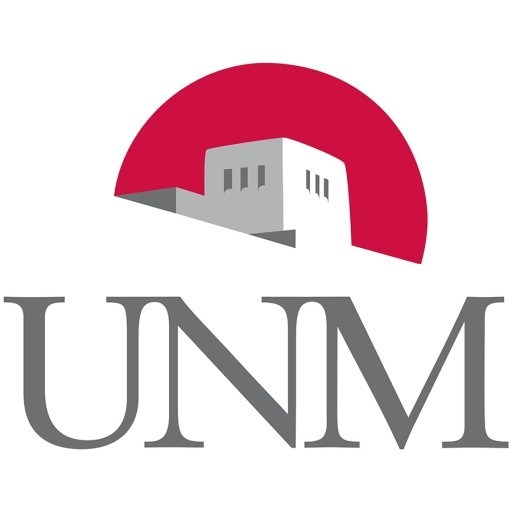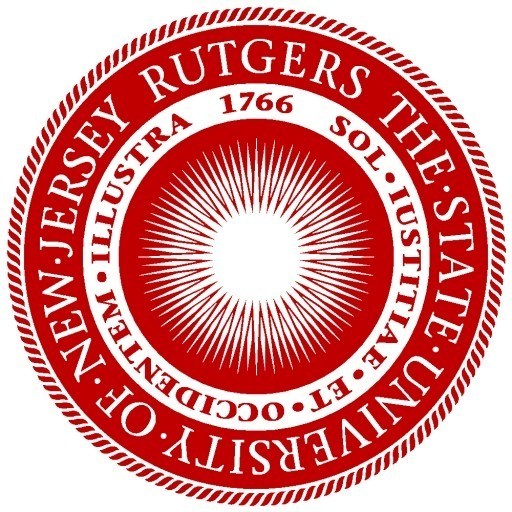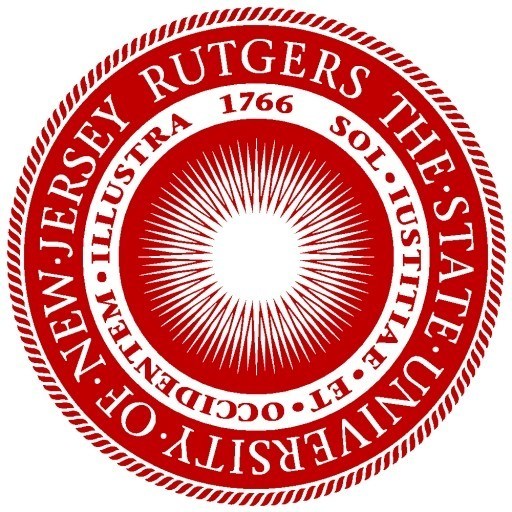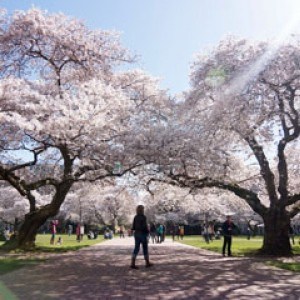Photos of university / #utaustintx
Today’s urban environments confront increasingly complex social and ecological challenges in which overlapping, dynamic systems oftentime reveal competing priorities. As experienced in Texas, these challenges include: a population set to double by 2050; periods of prolonged drought and erratic weather; water intensive energy extraction; unsustainable development policies; inadequate infrastructure. These distinct, but interrelated variables require technical sophistication and ecological acumen in order to create sustainable landscapes that address social needs, provide ecosystem services, and enhance a sense of place.
By recognizing that these shifts shape our public spaces, the Graduate Program of Landscape Architecture frames these concerns as guiding factors in the design and construction of the urban landscape. In this manner, those spaces by which the landscape is defined – such as infrastructure systems, urban watersheds, industrial sites, suburban communities, and city fabric – become the laboratories for the program’s educational focus.
Working in conjunction with allied design disciplines represented within the school – including Architecture, Urban Design, Community and Regional Planning, Historic Preservation, and the Lady Bird Johnson Wildflower Center – the professional curriculum emphasizes interdisciplinary endeavors that serve the needs of the community, the state, and the society at large. The program’s pedagogy situates design as a process of inquiry, whereby the coordinated design curriculum introduces a set of representation, spatial, theoretical, and material practices by which to integrate the landscape’s structure, function, and change over time. The curriculum places an emphasis on design of the built environment including its social dimension, sensory experience, and ecological systems. Working from measure to agency, data to decision, the pedagogy positions design as a synthetic endeavor that evolves as much from context and speculation as it does from questions of technique, beauty, and delight.
Research and work advanced by the program’s students and faculty reflect the above aims. From urban streams to urban forests, parks to cemeteries, streetscapes to city blocks, historic landscapes to military training grounds, the endeavors seek to integrate aesthetics (what a landscape looks like) with performance (what a landscape does).
The Master of Landscape Architecture professional degree requires the satisfactory completion of 87 credits or more in the following program of work.
| Foundation Design | ||
| LAR 380C | Foundation Design Studio | 3 |
| Core Design Studios | ||
| LAR 383 | Landscape Architecture Design Studio I | 3 |
| LAR 682T | Landscape Architecture Design Studio II | 6 |
| LAR 694T | Landscape Architecture Design Studio III | 6 |
| LAR 695 | Landscape Architecture Design Studio IV | 6 |
| Advanced Design Studios | ||
| LAR 696 | Advanced Design Studio I | 6 |
| LAR 696 | Advanced Design Studio II | 6 |
| or LAR 697K* | Master's Design Study in Landscape Architecture | |
| *must complete LAR 397 MDS Preparation | ||
| Core Lecture Courses + Workshops | ||
| LAR 381 | Visual Communication I | 3 |
| LAR 384 | Native Plants | 3 |
| LAR 385K | Technology Workshop I | 3 |
| LAR 385L | Technology Workshop II | 3 |
| LAR 385M | Design Methods | 3 |
| LAR 388K | History + Theory of Landscape Architecture I | 3 |
| LAR 388L | History + Theory of Landscape Architecture II | 3 |
| Professional Practice | ||
| LAR 386 | Professional Practice | 3 |
| Distributional Electives | ||
| Natural Systems Elective | 3 | |
| Natural Systems Elective | 3 | |
| History or Theory Elective | 3 | |
| History or Theory Elective | 3 | |
| Media Elective | 3 | |
| Media Elective | 3 | |
| Natural Systems, History or Theory, OR Media Elective | 3 | |
| Free Electives | ||
| Free Elective | 3 | |
| Free Elective or MDS Preparation | 3 | |
| TOTAL | 87 | |
First professional degree candidates must demonstrate a certain proficiency in design and communication skills through a portfolio review conducted by the faculty before entering the advanced design studio sequence. Candidates who qualify are generally granted advanced standing of up to one or two terms and are subject to review by the admissions committee. The program of work is prescribed on the basis of the student's previous college work as shown in transcripts, portfolio, statement of intent, and references. Qualified students may be able to waive degree requirements by demonstrating equivalent study in any of the required course areas.
Requirements
- The Landscape Architecture program requires successful completion (grade of B or better) of an undergraduate or graduate introductory course in ecology or biology course with a field research component within the past five years.
- Students accepted to the MLA I are expected to attend the Summer Atelier in Landscape Architecture unless the requirement is waived upon admission.
- Upload your statement through MyStatus.A 1,000-1,500 word essay that addresses your interest in the MLA I program with respect to your academic and professional objectives, the factors that led you to apply to the UTSOA, a situation or job that helped you define your interest, your most substantial professional contribution and why you view it as such, and/or any other factors related to your academic or professional experience that you wish to convey to the admissions committee.
- Three letters of recommendation
- Résumé or curriculum vitae
Portfolio
[ ] Upload portfolio as a single pdf through the portfolio credential on MyStatus.
The portfolio helps the reviewers determine your potential to perform successfully in a studio based design curriculum.
In order to review each application fairly and accurately, the reviewing committee requires evidence in one or more categories:
-
The level of creative skill you possess in any medium.
-
The extent of your interest in the proposed degree program, made evident through your abilities in composition, physical form-making, or perception of the environment.
-
Your ability to translate ideas into physical form, even if in simple terms such as drawing.
FORMAT
Portfolios should be designed and formatted for on-screen viewing. Maximum file size is 25 MB.
ATTRIBUTION
For each project, list the applicant’s name, the project’s date, and an indication as to whether the project was academic, office-related, or personal. In the case of collaborative or professional work, the contribution by the applicant must be precisely described.
ORGANIZATION
The organization of the portfolio is a design exercise. It should be clear, succinct, and thoughtfully composed to best reflect your interests and skills. The quality of the work is of greater importance than quantity.
CONTENT
Provide work that demonstrates the ability to take an idea and adeptly convey it visually. Include a wide range of drawings, such as landscapes, human figures, and perspectives. Hand drawings, particularly gestural drawings, are strongly encouraged.
Photographic or photo static reproductions must show work in the visual arts or design that has been executed by the applicant. The work should include examples of freehand drawings, and three-dimensional work executed by the applicant. The committee place emphasis on drawing skills. Those applying for advanced placement or for a second professional degree are expected to submit examples of work demonstrating their ability to pursue study at an advanced level
Applicants without backgrounds in landscape architecture are not expected to show landscape architectural skills but rather creative, artistic or perceptive skills through drawing, painting, or three-dimensional explorations (models). A portfolio helps the reviewers associate your desire to enter graduate landscape architecture school with your potential to perform successfully in a studio based design curriculum. Photographs of landscapes (including travel photographs) as examples of creative work are not acceptable except from studio arts applicants with a major in photography.
Applicants with backgrounds in landscape architecture, architecture, or environmental design are expected to present a high quality portfolio showing well-developed graphic skills and a well-developed sense of design, space, form and volume. Photographs of models help and should be used when possible. Show at least three steps of design development in a specific project and your progression/thought process. The committee assumes your portfolio and its format represent your best abilities in design.
Supplemental survey
After the application deadline, applicants will receive an email with a link to complete a supplemental survey to assist with the admissions review.
Scholarships
New Student Scholarships
All applicants to the School of Architecture (SOA) are automatically considered for SOA recruitment scholarships, fellowships and out-of-state tuition waivers as part of the admissions process. There is no separate application for recruitment scholarships and fellowships. It is not necessary to contact the SOA to request consideration or check your status. Selected recipients are notified with recruitment offer details. Recruitment funds are limited, as some scholarship funds are reserved for continuing students.









